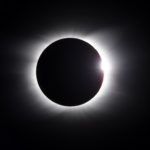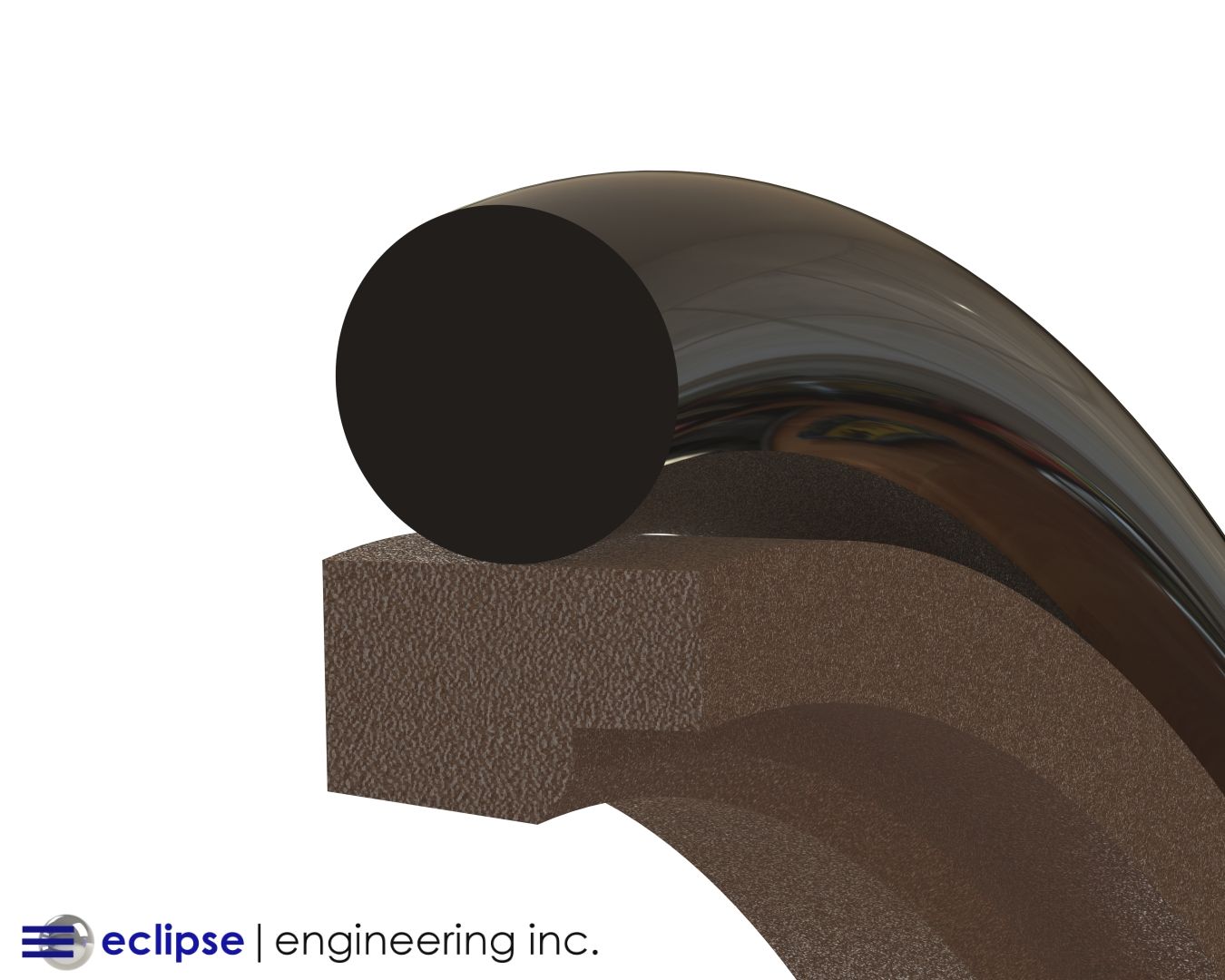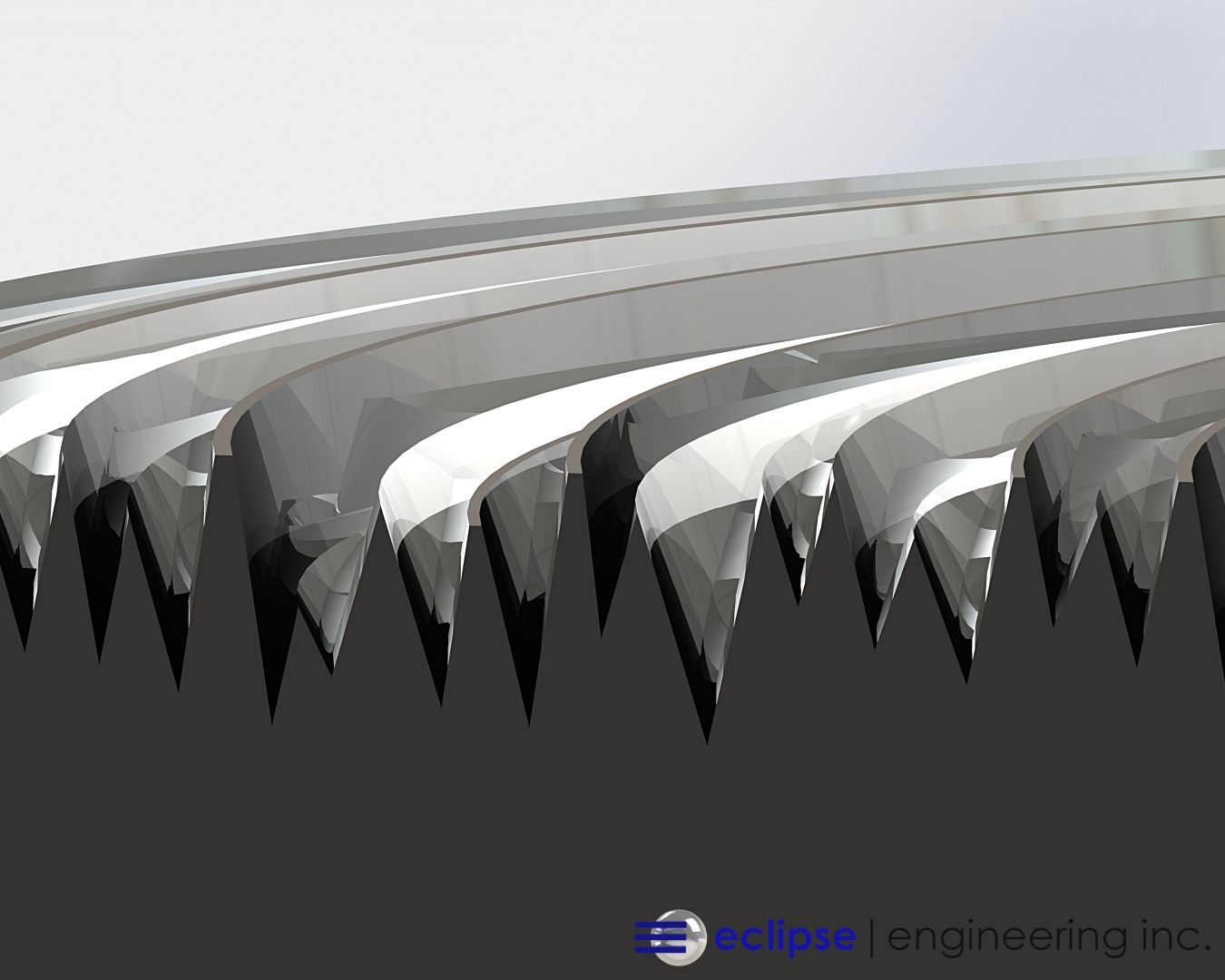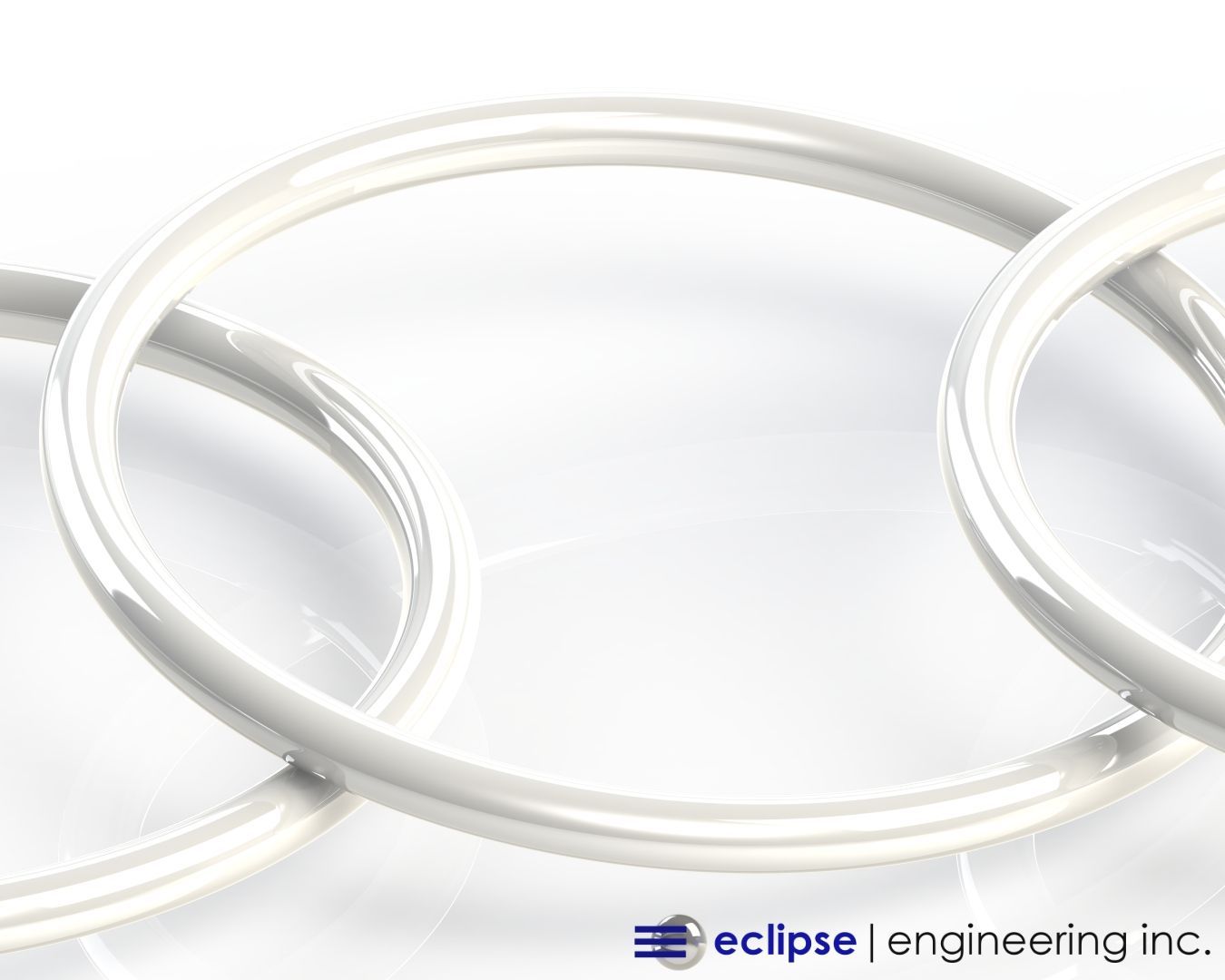4 Things You Need to Know About the 2017 Solar Eclipse

On August 21st, 2017, millions of sky-viewers across America will be cast into darkness for over two minutes while the moon moves between the earth and sun. As our company name draws inspiration from this powerful cosmic occurrence, we wanted to share important tips about the upcoming 2017 solar eclipse.
Here are 4 things you need to know about the upcoming celestial spectacle known as the “Great American Eclipse.”
1. It’s a Total Eclipse
The 2017 August solar eclipse is a total eclipse, which means the moon will block out the sun more completely than during a common annular eclipse.
Americans haven’t been able to witness a total solar eclipse in 38 years. A total solar eclipse won’t be viewable in North America again until April of 2024.
2. You Can See the Total Eclipse in 14 States
Although every state in the US will see some percentage of the sun disappear during the eclipse, parts of 14 states will be able to see the total eclipse. These states include of Oregon, Idaho, Montana, Wyoming, Nebraska, Kansas, Iowa, Missouri, Illinois, Kentucky, Tennessee, Georgia, North Carolina and South Carolina.
The states that will be passing closest to the center of the total eclipse’s path will see the sun disappear for about two and a half minutes. Carbondale, Illinois is the city closest to the path of totality — viewers in this city will see 2 minutes and 42 seconds of darkness.
3. Never Look at the Eclipse Without Protective Eyewear
Whether you’re in a city that’s directly in the total eclipses’ path or can only see a percentage of the eclipse, you should never look directly at the sun without protective eyewear. And protective eyewear doesn’t mean regular sunglasses.
NASA recommends eclipse glasses which meet a safety standard to protect your eyes from harmful UV rays. There are many fake products presently being sold, so be sure to check out this American Astrological Society’s list of reputable vendors for eclipse glasses and filters.
4. You can watch it via NASA TV
Although the Great American Eclipse will likely be one of the most unique and exciting celestial occurrences of a lifetime, if you reside outside the path of totality or can’t make outside to see the eclipse, you can watch real-time coverage of the event on NASA Television.
This livestream will provide breathtaking imagery of the eclipse captured by 11 space crafts, three aircrafts, and 50 high-altitude balloons. Even the astronauts of the International Space Station will be providing live-streamed coverage from their orbiting satellite.
Eclipse Engineering is a top tier supplier of high-precision seals for the aerospace industry. Learn more about our solutions to support your aerospace operation.





